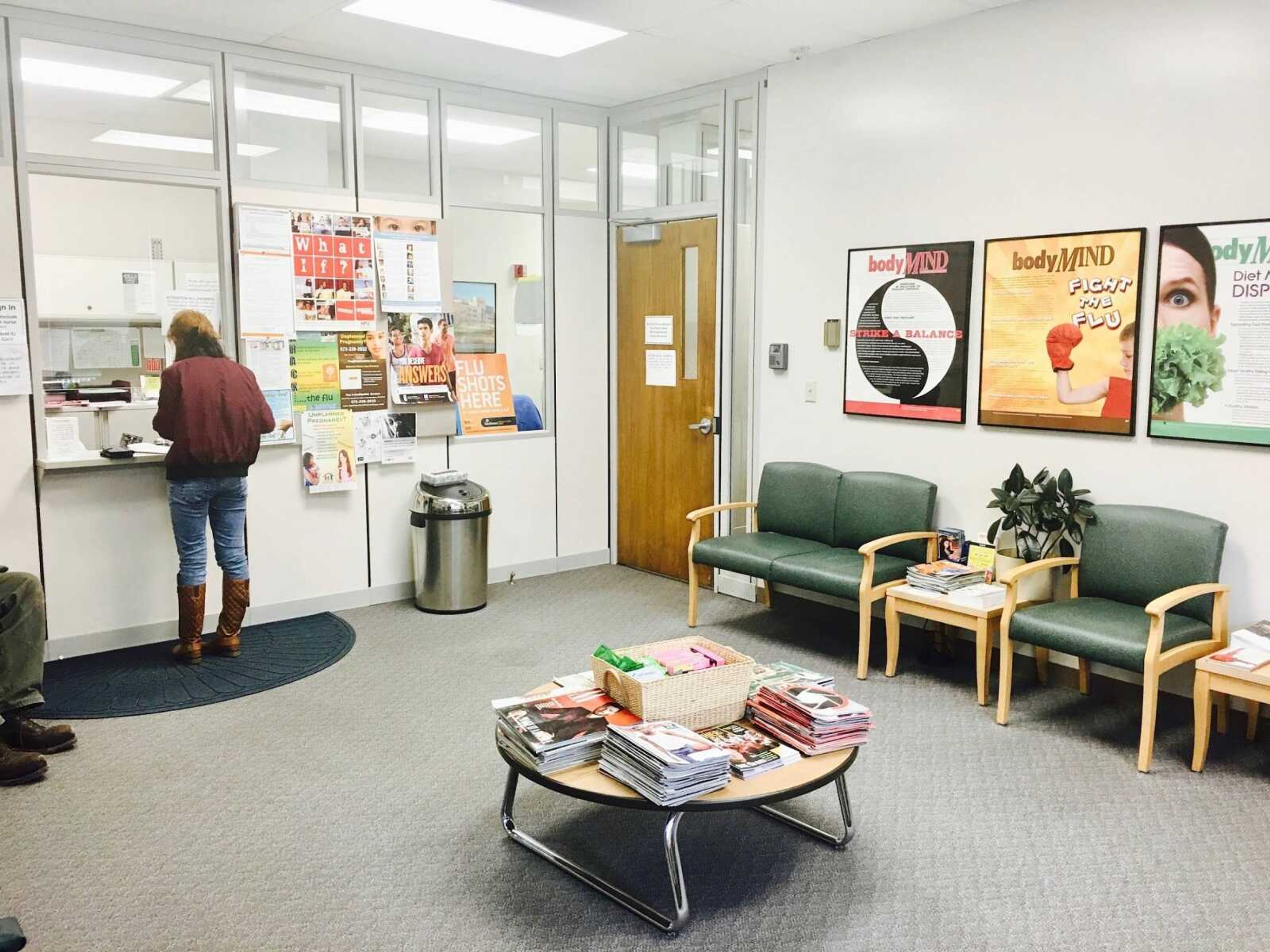Six cases of the mumps have been confirmed at Southeast Missouri State University as of Feb. 15.
According to the Center for Disease Control and Prevention the mumps is a viral infection caused by the mumps virus. It is transmitted from person to person through direct contact with respiratory secretions or saliva or indirectly through infected objects. Symptoms include: puffy cheeks under the ear, fever, headache, muscle aches, tiredness and loss of appetite. Although symptoms sometimes don’t appear until 16 days after receiving the infection, a person can have it for up to 25 days.
Reports of the infection on campus follow the mumps outbreak at the University of Missouri-Columbia. As of Feb. 15. there have been a total of 341 reported cases.
The first reports at Southeast were made during winter break by two students. Both students were away from campus when they were diagnosed and self-quarantined, a four- to five-day process that involves staying at home and avoiding social contact.
Cases of the mumps also have been reported in northwest Arkansas and several other states.
Although the majority of reported cases are by university students, outbreaks of the mumps are now beginning to occur outside of the university setting.
“We suspected when we saw Mizzou and other campuses get the infection that it was a potential for it to be here, I know a lot of our students go home for break and they have friends from other schools,” Dr.Bruce Skinner assistant vice president for student success and director of Residence Life said.
If a person suspects they have the mumps, the Campus Health Clinic tells them to wear a mask around their mouth to help prevent the spread of the infection. The person then goes on to quarantine themselves for four to five days. This does not confirm a student has the mumps with the mumps because blood has to be drawn and tested then sent off to the state to be confirmed, a process that takes roughly four to five days to get the results back.
Although suspected students choose to quarantine away from campus, if a student can’t go home, the university has rooms set aside without roommates that students could be isolated in if needed.
It is suggested students who may have the mumps avoid large gatherings to prevent others from catching the infection.
Everyone should be current on their measles, mumps and rubella (MMR) vaccination even though it is not a requirement by the university. There is no guarantee that the vaccine will prevent a person from catching the infection, but this is the first line of defense.
Make personal hygiene a priority. This includes washing your hands after touching surfaces in common areas such as bathrooms.
“The campus is following the protocol we did after H1N1 flu outbreak many years ago, which looks at the wiping down of surfaces, door knobs and areas that you would come in contact with in a classroom,” Skinner said.
Since everyone reacts differently to infections, some students may not know they have the mumps.
“For some students it knocks them down for a week and they don’t want to move, for others it’s like have the walking flu,” Skinner said.
Unvaccinated individuals may contact the Campus Health Clinic to schedule an appointment for the vaccine. Anyone who suspects they have the mumps or has been diagnosed with mumps is asked to contact Skinner at (573) 651-5103 or healthservices@semo.edu.




